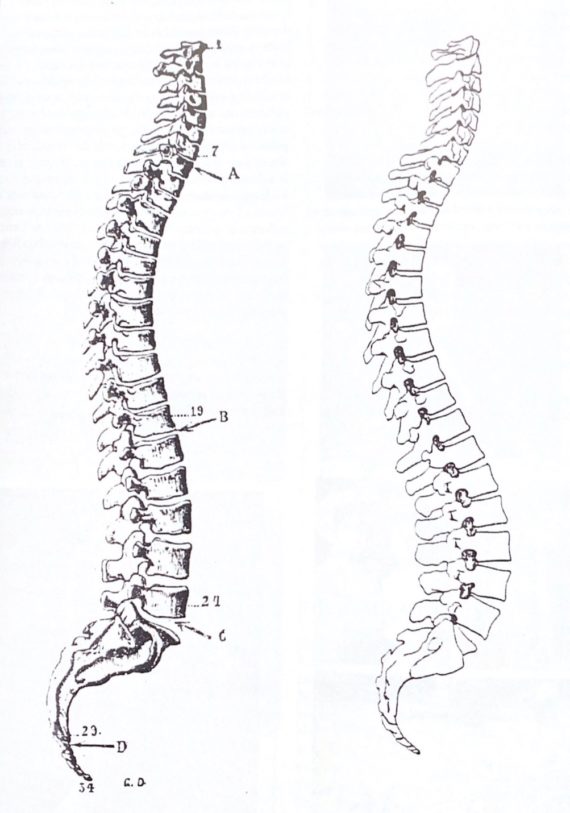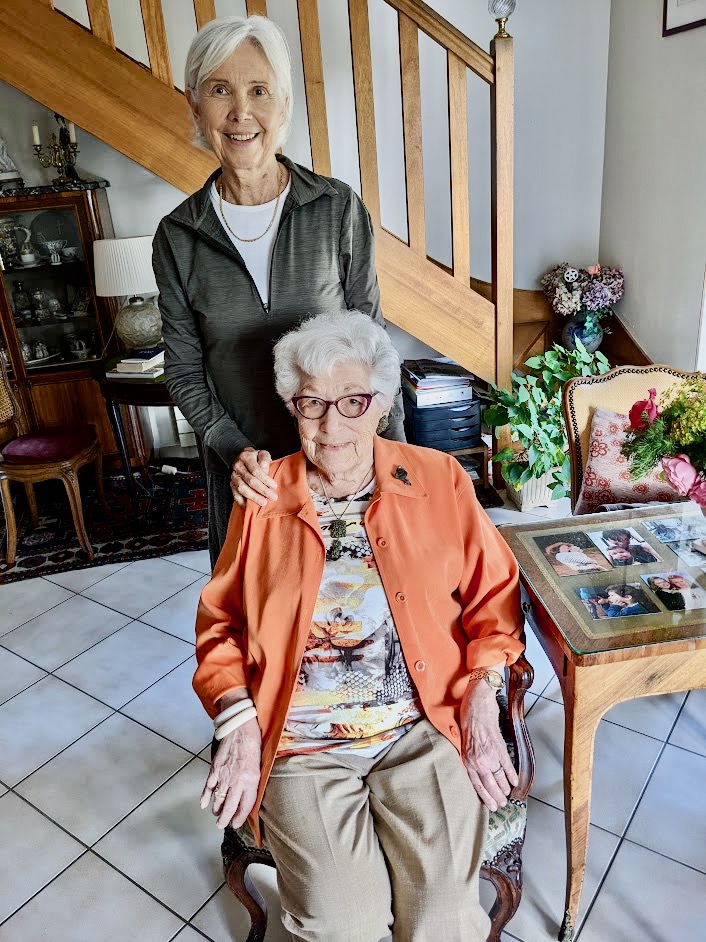Can Original Alignment change the way you age?

The annual Christmas letter from my longest – not, she will quite rightly insist, my oldest – friend, included a sentence I’ve been thinking about ever since I read it.
Of herself and her husband she wrote: “we’re keeping as well as can be expected for people in their mid-70s.”
I know the background, which includes a chronic illness. So I understand why she used “as well as can be expected” as shorthand for “we have challenges I don’t want to spell out in a Christmas letter, but overall we’re doing fine, thanks.”
Still, reading the phrase “as well as can be expected for people in their mid-70s,” I couldn’t help but think, “wait, what?”
For one thing, once we’re past our mid-to-late 20s, human beings cease to age in sync.
Genetics, diet, exercise, smoking, alcohol consumption and life experience all play a part in how we age. While you can find predictions of the changes to expect with each decade of aging, the truth is, these are broad outlines, and each individual ages in their own way.
For instance, we can expect to lose height as we age. The average is one-half inch (approximately one centimetre) per decade after age 40, and as much as an inch in our 70s.
Here’s the standard explanation: the discs between our vertebrae lose fluid with aging, and so our spine compresses. Two more factors: our arches may flatten, and reduced muscle mass in the abdomen can worsen our posture, which makes us look shorter.
In my early 70’s, three or four years after I began practicing Original Alignment, I not only stopped losing height, I gained a centimetre.
My doctor’s response, as she entered it into my records, was “how did you do that?” Followed by, “oh, it must be the posture work.”
Well, yes, it is. I’m not the only Original Alignment practitioner I know who has gained height. I hope to gain more, or at least to maintain the height I have.
The mechanism is simple.
If you take two pieces of string, and lay one out with two deep curves, and the second with two much shallower curves, the deeply curved string will be shorter than the less curved string.

Switch from string to spines, and the same logic applies. If you remove the extra-large curves of modern posture and replace them with the slight curves of Original Alignment, you’ll be taller. You’ll also be less curved in your upper back.
In Original Alignment, your weight transfers through your spine into your pelvis. That means you’ll no longer be putting undue weight on any part of your spine. As a result, none of your discs will receive an abnormal amount of compression. That means less shrinkage in the discs.
So here’s the obvious question: are there other changes we’ve been told to expect as we age that might not be part of normal aging at all?
Our expectations of “normal” aging are based on what researchers see in the populations they study. But are they really seeing the effects of aging? Or are they seeing the damage inflicted by our culture’s dominant posture, amplified by age?
In modern posture, we sit, stand, bend, walk, and sleep in ways that shorten our spines, make us tense, give us back and joint pain, impair our ability to take a full breath, and impinge on the healthy action of our organs.
Don’t get me wrong. Aging is real, and challenging, and happens to us all, no matter how well aligned we may be. But that doesn’t mean we have to suffer the effects of pre-mature aging brought on by mis-aligned posture.
My new centimetre, and, even more, my less rounded upper back, have improved my experience of my mid-70s. And that’s changed my expectations for my 80s.
After almost seven years of Original Alignment practice, I feel lighter. I breathe better, because my upper chest is less constricted and I’m more relaxed. I feel more, not less strength in my buttocks and abdominal wall. And despite not doing anything nearly as intense as my former yoga practice, I’m amply flexible. Some yoga poses are, in fact, easier than they used to be when I practiced them several times a week.

Original Alignment makes this promise: if we live in line with gravity, we can maintain mobility, strength, and vitality as we age.
When I met Noëlle Perez, the visionary behind Original Alignment, she was 93 years old. Despite mobility issues resulting from a fall, she led a two-day workshop with laser-sharp attention and unflagging energy.
The teachers I study with now, Jean Couch and Thea Sawyer, are either in, or quickly approaching their 80s. And Thea’s teacher, Ginette Gédou, is now 102, and still teaching.
These women all have energy and physical presence that far exceeds our normal expectations for people decades younger.
Curious about what Original Alignment could do for you?
As a first step, you might check out my online foundations course, still under the previous name of Spinefulness. The course is four hours of instruction in one hour chunks, plus separate five-minute exercises for each lesson. Read more here: https://courses.spinefulness.ca/courses/spinefulness-foundations-f2020
Would you rather learn live and in person?
I teach small, friendly classes, with feedback, over Zoom. There’s currently space in the Thursday 12:30 pm PT class. Find the details by clicking the link.